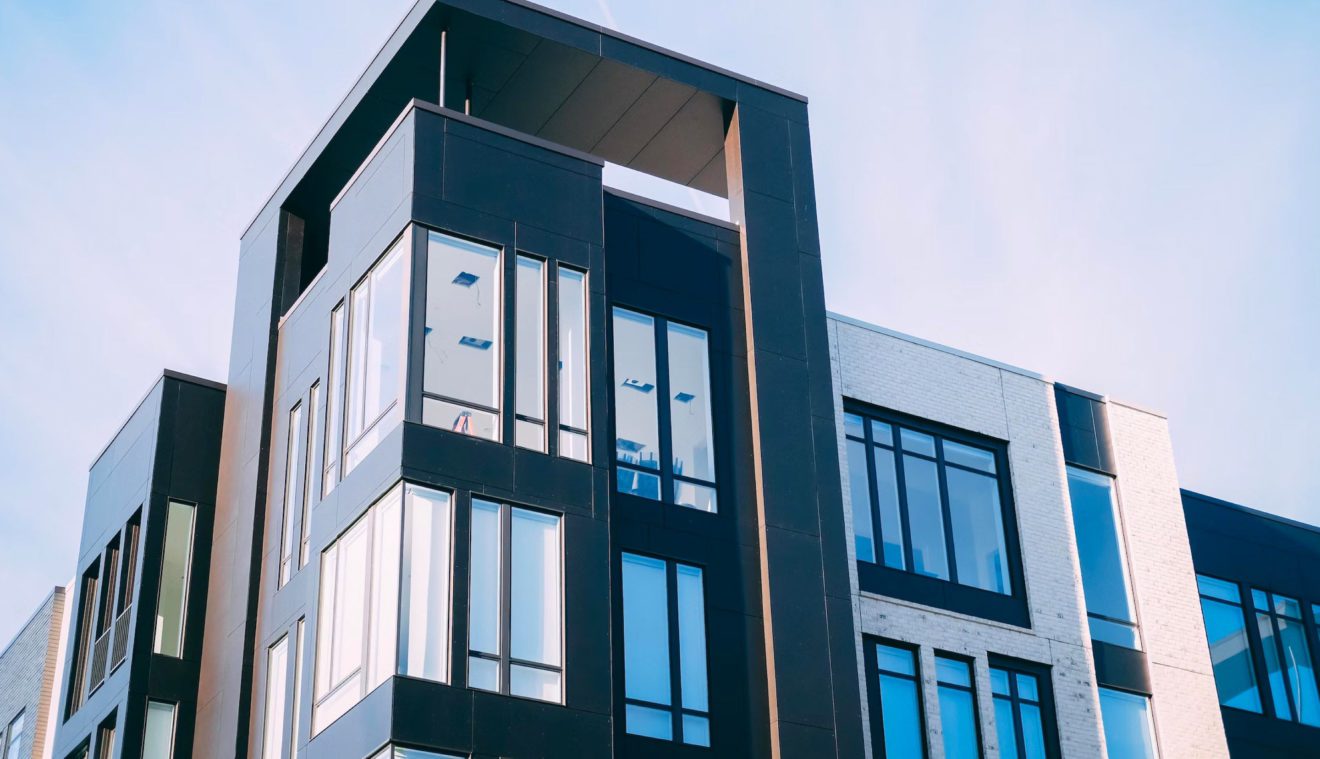Investing in commercial real estate is a smart way to diversify your portfolio and grow your wealth. Whether you’re looking for a short-term or long-term investment, calculating your Return On Investment (ROI) is critical to understanding your market position, how you can improve your strategy, and the value you can receive from your asset. Keep reading to learn how to calculate ROI, what factors affect it, and how to improve your returns.
What is ROI in commercial real estate?
Return On Investment is essentially a numerical value which is calculated to determine how your investment is performing. Return On Investment is calculated by weighing the amount of money you receive (the return) against the amount of money you’ve put into the property (the investment).
We’ll explain how to do that in a minute. Whether you’ve invested in a retail space, a multi-family property, development land, office space, or any other kind of commercial property, knowing how to calculate your ROI is essential.
Thinking about investing in a commercial property? Learn about our services here.
Why is ROI important?
ROI is important because it lets you know if you’ve made a good investment. Understanding your ROI will help you determine if you need to make any changes to your investment and pivot your strategy, or release it altogether.
What factors affect ROI?
There are a couple of aspects of commercial investing that will affect your returns. The biggest factor affecting your ROI is the amount of risk you’re willing to accept. The higher risk you’re willing to take, the higher your possible returns, and vice versa.
The second major factor affecting your ROI is the costs incurred after the initial investment. This can include broker commissions, appraisal costs, architects, planners, environmental specialists and costs for repairs or maintenance. These additional expenses will decrease your overall returns, so it’s important to consider ways to increase the value of your asset.
How do you calculate ROI?
There are two standard methods for calculating ROI:
1. The “cost method”. This calculation is used if you are paying all your costs upfront. It’s calculated by first subtracting the investment costs from the overall revenue, and then dividing the sum by the total investment costs.
For example, let’s say you buy a commercial property for $100,000 and invest an additional $50,000 for renovations. Then, you sell the property for $200,000. Your ROI calculation would look like this:
Net Profit ($200,000 − $150,000) ÷ Total Investment ($150,000) = ROI (%)
$50,000 ÷ $150,000 = 33.3% ROI
2. The “out of pocket method”. This formula calculates ROI if you are paying for your investment with the aid of a loan.
Let’s say you purchase the same property for $100,000, but you pay using a loan with a $20,000 deposit and your expenses are $50,000. This brings your out-of-pocket cost to $70,000. If the property sells for $200,000, your ROI calculation would look like this:
Net Profit ($200,000 − $70,000) ÷ Total Investment ($70,000) = ROI (%)
$130,000 ÷ $70,000 = 185% ROI
Some investors prefer investing via the “out-of-pocket” method because the ROI is usually higher. This is a good strategy if you plan to invest in subsequent assets. But remember, you have to consider paying back the loan.
Click here to get a property evaluation for your commercial real estate investment.
What is considered a good annual ROI?
There isn’t a universal answer to this question. ROI isn’t the same for every investor. It’s also important to remember that ROI is not the same as profit. Before the estimated ROI can be realized in actual cash profits, an investor needs to sell the asset. Sometimes, the property will not sell at its estimated market value. This will decrease the final cash ROI of the property.
A “good” commercial real estate return on investment can be considered as the profitable returns after deducting all the sale-related expenses. With that being said, some market estimates state that a relatively good ROI is between 5 and 12%.
Thinking of selling your commercial property? Learn about our services here.
Tips for improving ROI
Here are some tactics you can implement to improve your potential ROI:
- Try to avoid reducing rent amounts in an attempt to attract tenants, because this will decrease your overall ROI over time.
- Impose incremental rent increases to keep pace with inflation.
- Reduce costs: working with a professional to underwrite your asset and identify areas of opportunity to lower expenses will help increase your overall ROI.
- Improve your asset: a professional consultant can also underwrite your asset to identify opportunities for added value so your property is more attractive to potential tenants. Then you’ll be in a better position to justify rent increases.
There are plenty of options for optimizing your commercial real estate investment. Learn about IntTrust’s services here.
Why invest in commercial real estate?
Generally, commercial real estate rents yield a relatively high return. Commercial real estate leases are for relatively long time periods (typically 5 or 10 years), so the investment is stable compared to other investment types.
There are some cons, like higher risk, and higher financing costs, but working with a professional and experienced commercial agent will help you identify a solid strategy to achieve your goals.
The commercial real estate market is considerably different than the residential arena. To mitigate your risk as an investor, you should always work with a licensed commercial real estate agent. Commercial agents and residential agents have different expertise, so relying on your residential realtor probably won’t get you the best results from your commercial investment.
Reach out to our team at InTrust to get more information about the commercial market, understand ROI, and find out how we can help you reach your goals. Call us or send us an email.

Questions About Commercial Real Estate?
See the services we offer to learn how we can help you achieve more with your asset.
Learn More


